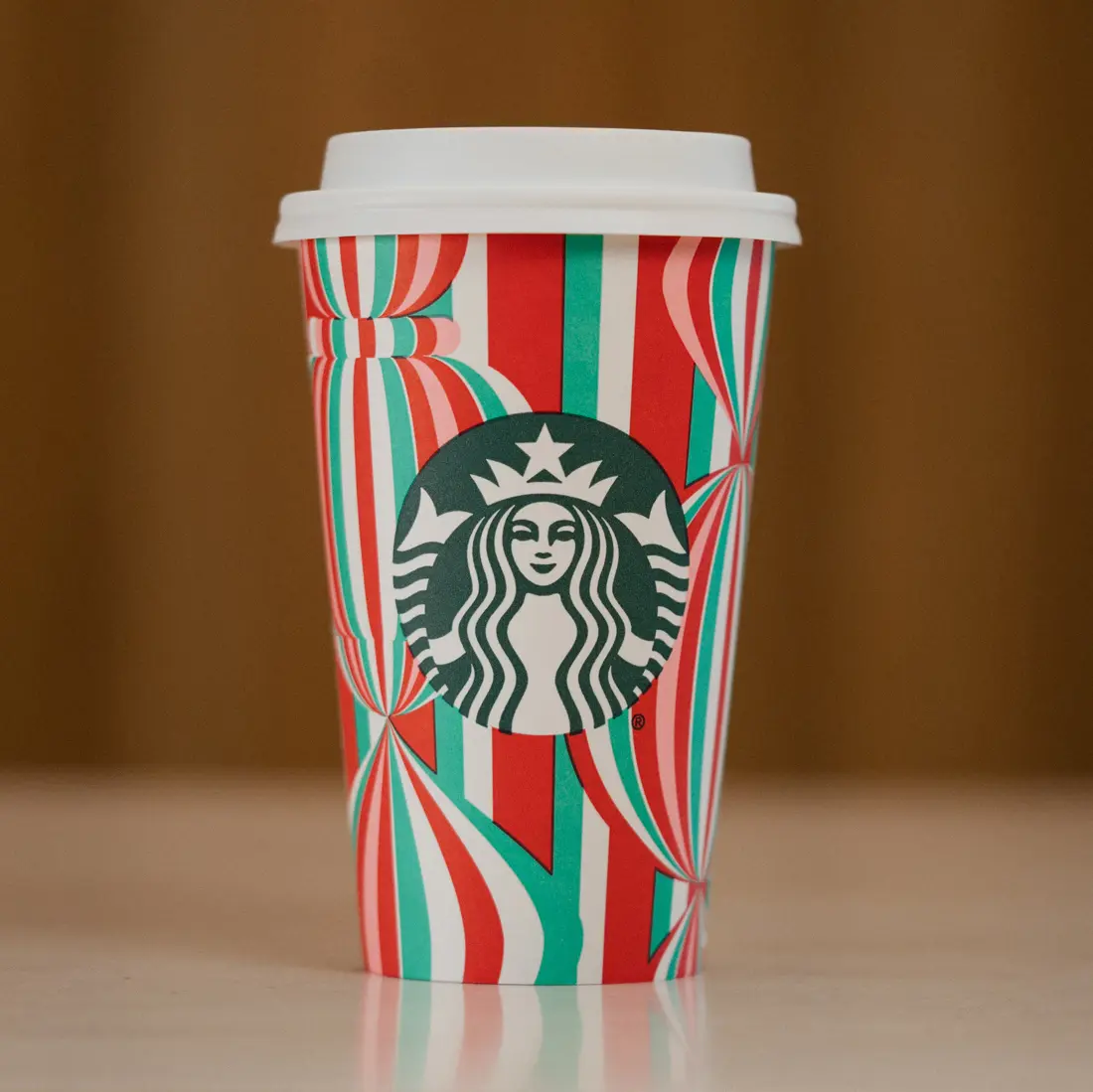All Insights
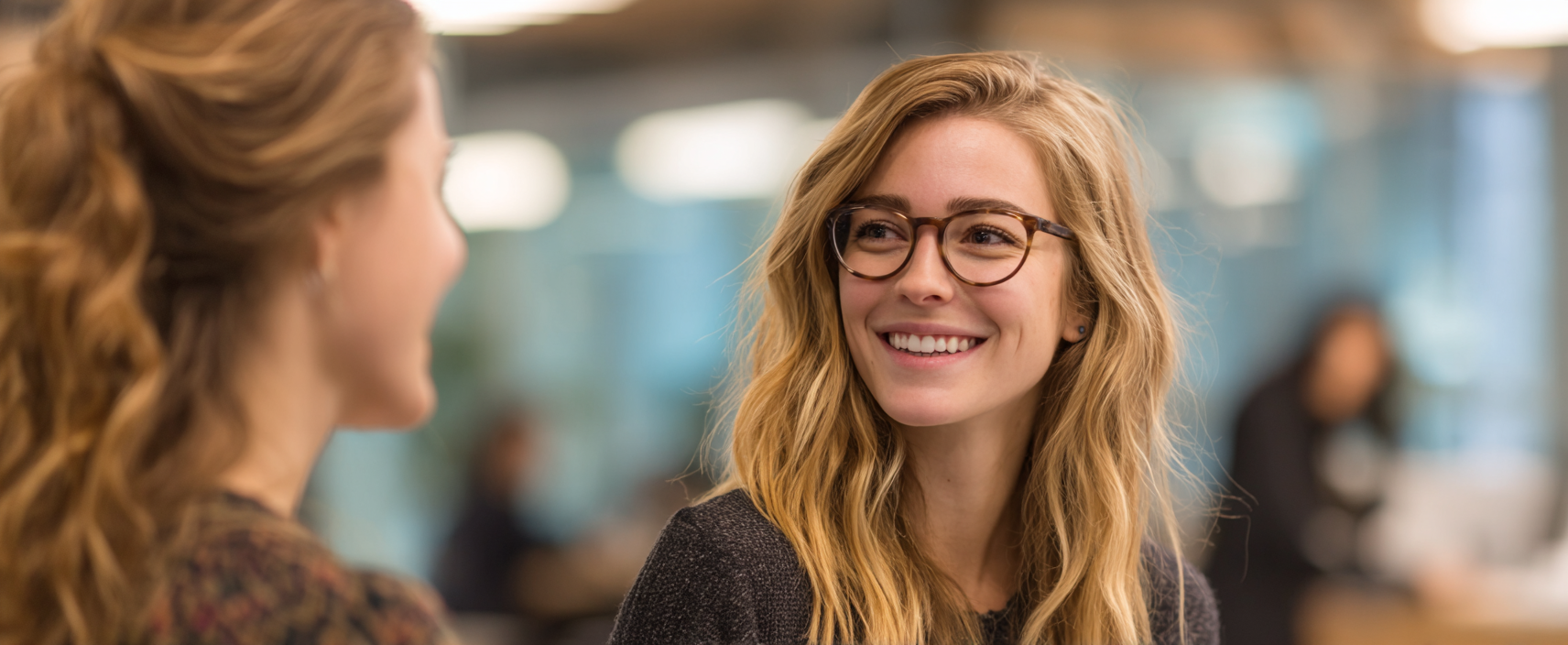
News / Aug 27, 2025
Why PR Is the Missing Link in Most Digital Strategies
The trap most digital agencies fall into is treating PR…

News / Aug 25, 2025
The Pumpkin Spice Latte: How Starbucks Turned a Flavor Into a Cultural Phenomenon That Hijacked an Entire Season
Every August, something magical happens in America. Not back-to-school shopping…

Turn it Orange. The Brand Icon that is Taylor Swift
When One Woman Becomes a Global Brand Signal: The Taylor…
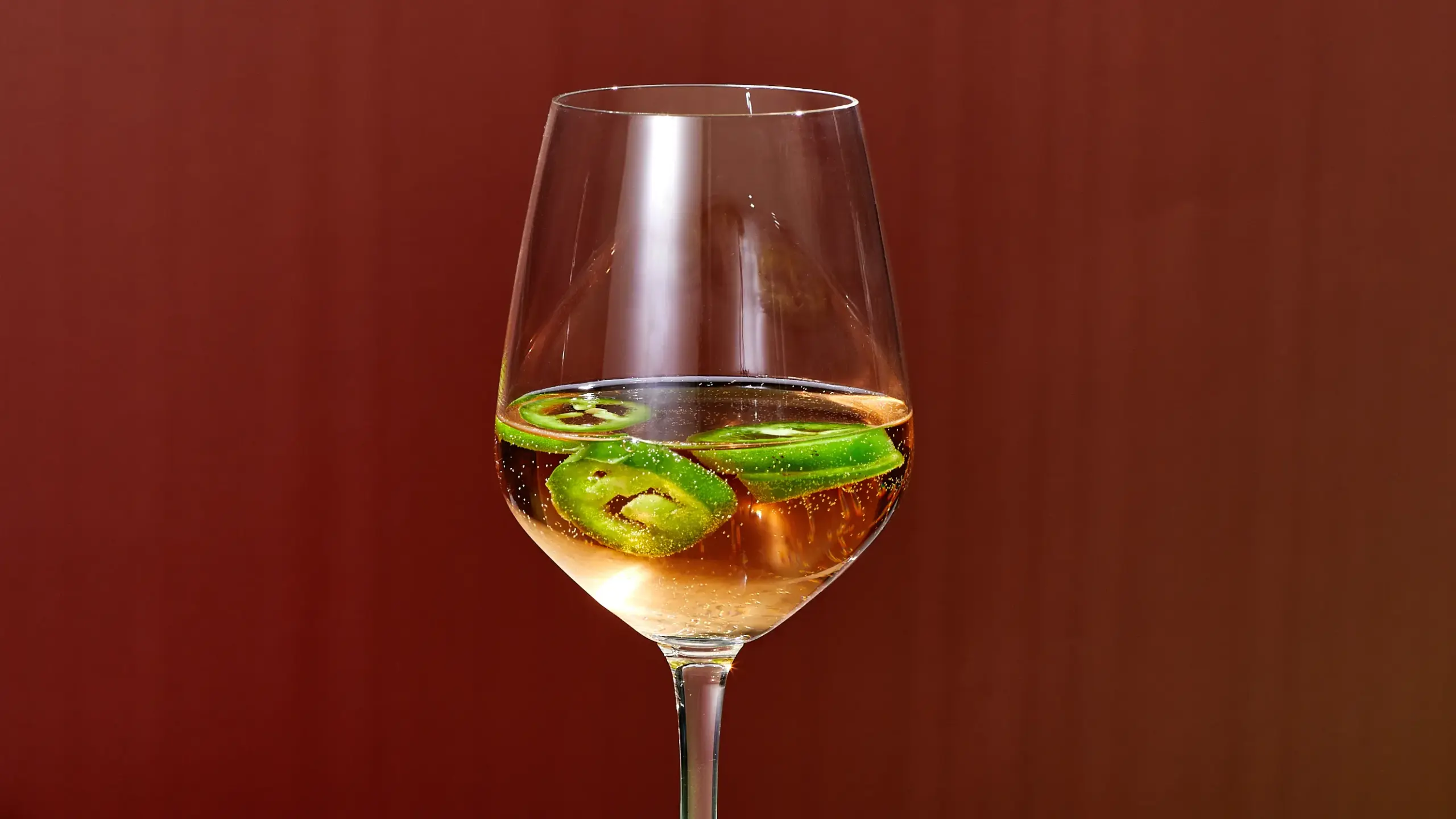
Wine & Spirits / May 5, 2025
The Summer Sip Nobody Asked For: Jalapeño Sauvignon Blanc
Move over, Dirty Shirley. Slide aside, Negroni Sbagliato. Not now,…

AI, Digital/Social, News / Apr 30, 2025
Into the Algorithmic Abyss: ChatGPT, Google, and the New Rules of Ecommerce
Welcome to the New Wild West of Ecommerce Strap in….

Medical & MedTech / Apr 27, 2025
You Can’t Afford Not To Have a Professionally Designed Pitch Deck
“Pitch deck” is a term that many of us who…
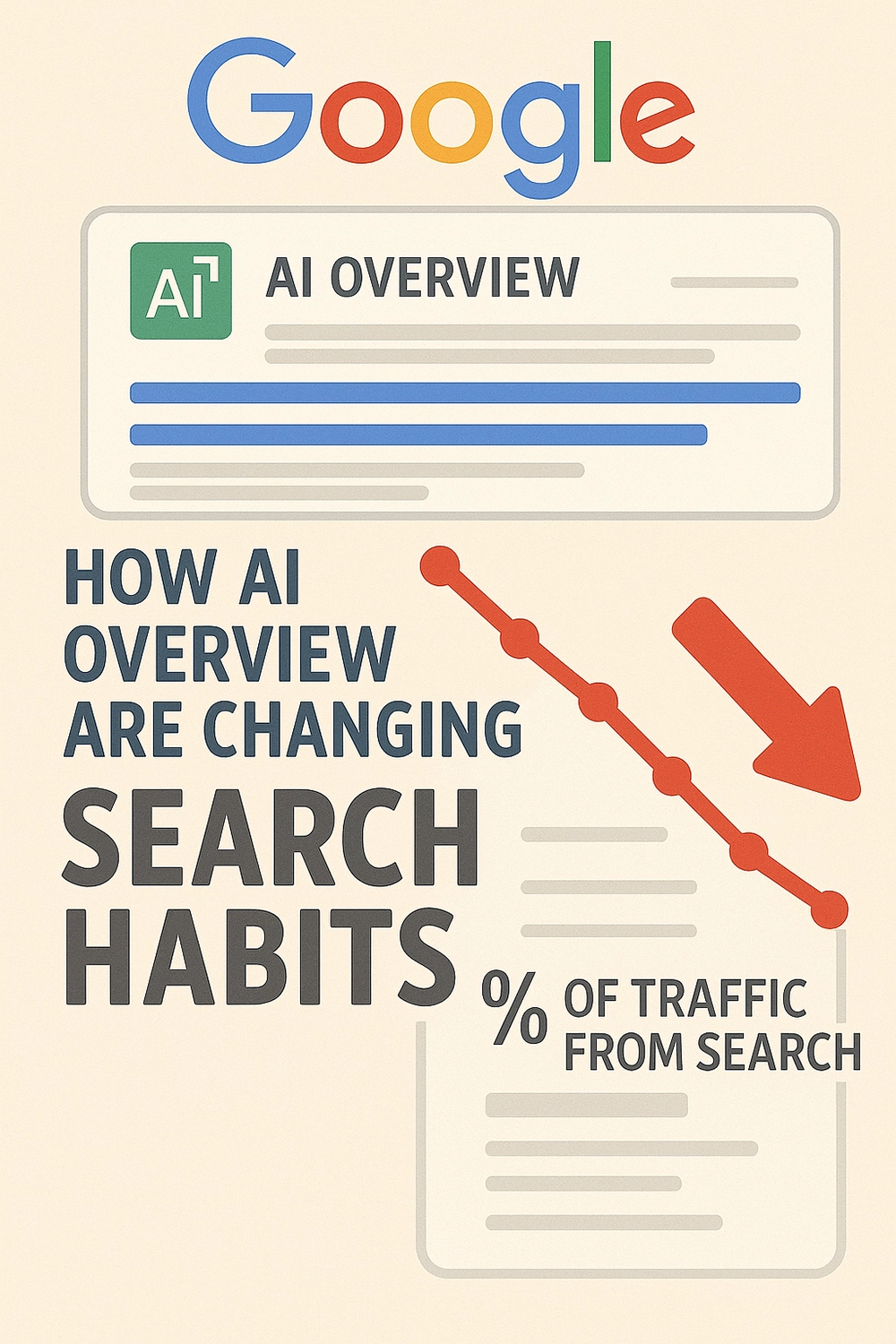
AI, Digital/Social, News / Apr 24, 2025
How to Stay Ahead of the AI-Powered Search Revolution
Are you ready to see a 60% drop in your…
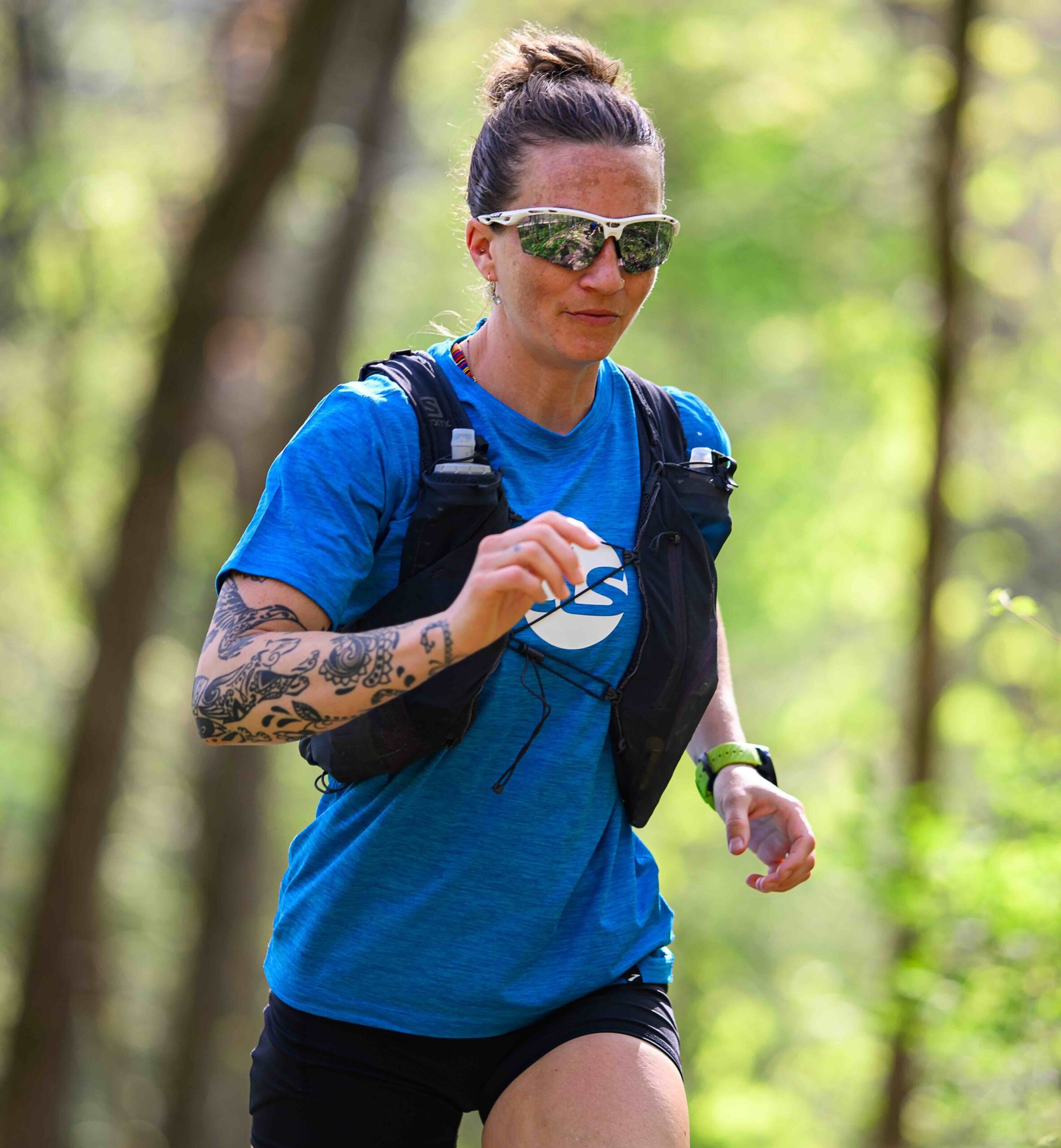
Culture, Leadership, News / Apr 17, 2025
When Clients Win, We All Win
A celebration of Rudy Project’s latest accolade from National Geographic…

Branding, Culture / Apr 9, 2025
Bucket List Branding: Lessons from the Final Four
As a lifelong branding agency owner and sports fan, attending…

Branding, Medical & MedTech / Apr 4, 2025
Keeping Your Medical Device Marketing Aligned With Regulation
FDA Marketing Compliance for Medical Devices: The 7 Rules That…
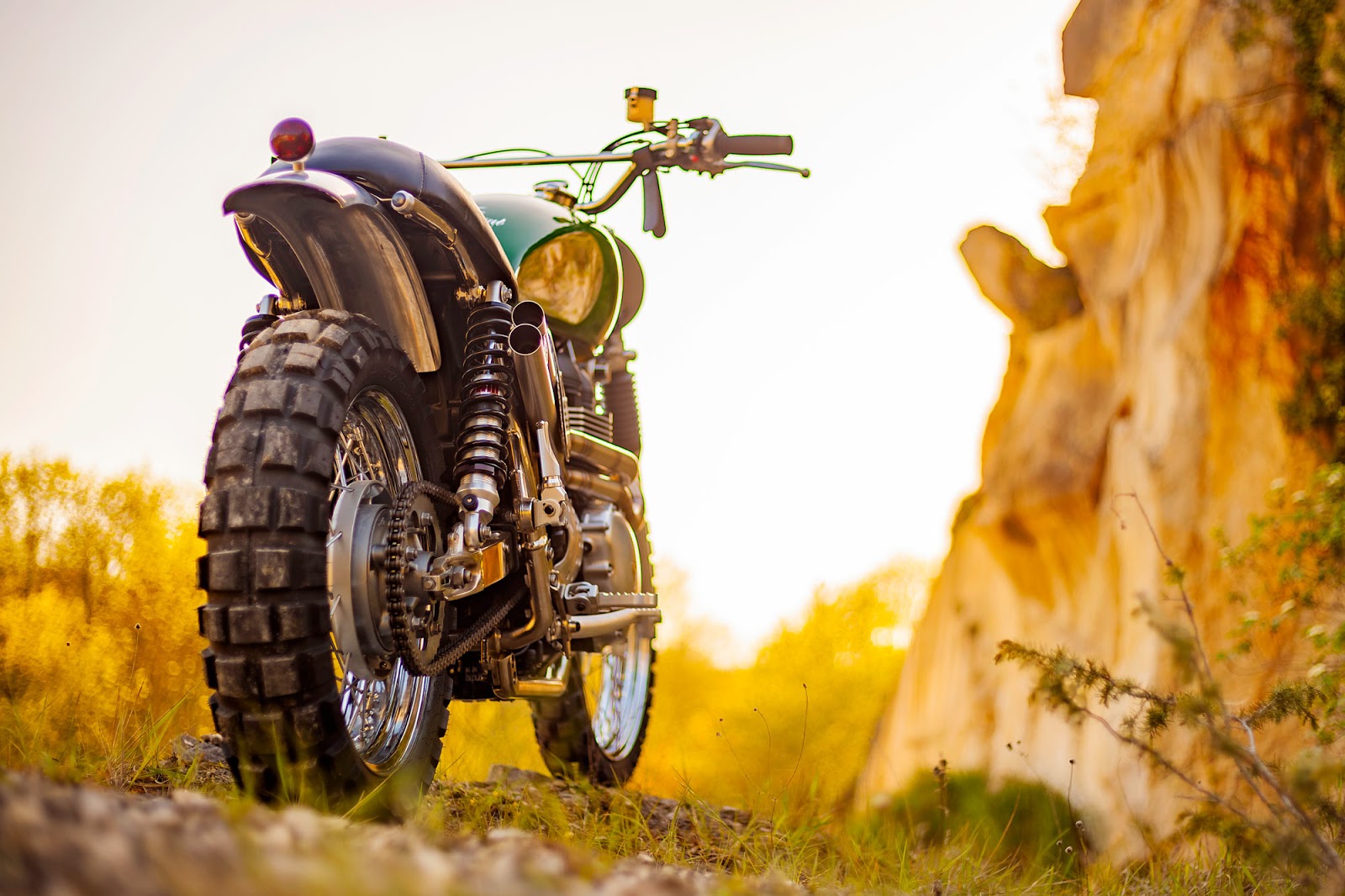
Branding, Culture, Moto / Apr 2, 2025
Why the Moto World Deserves Better Marketing
There’s a kind of truth that rides on two wheels…
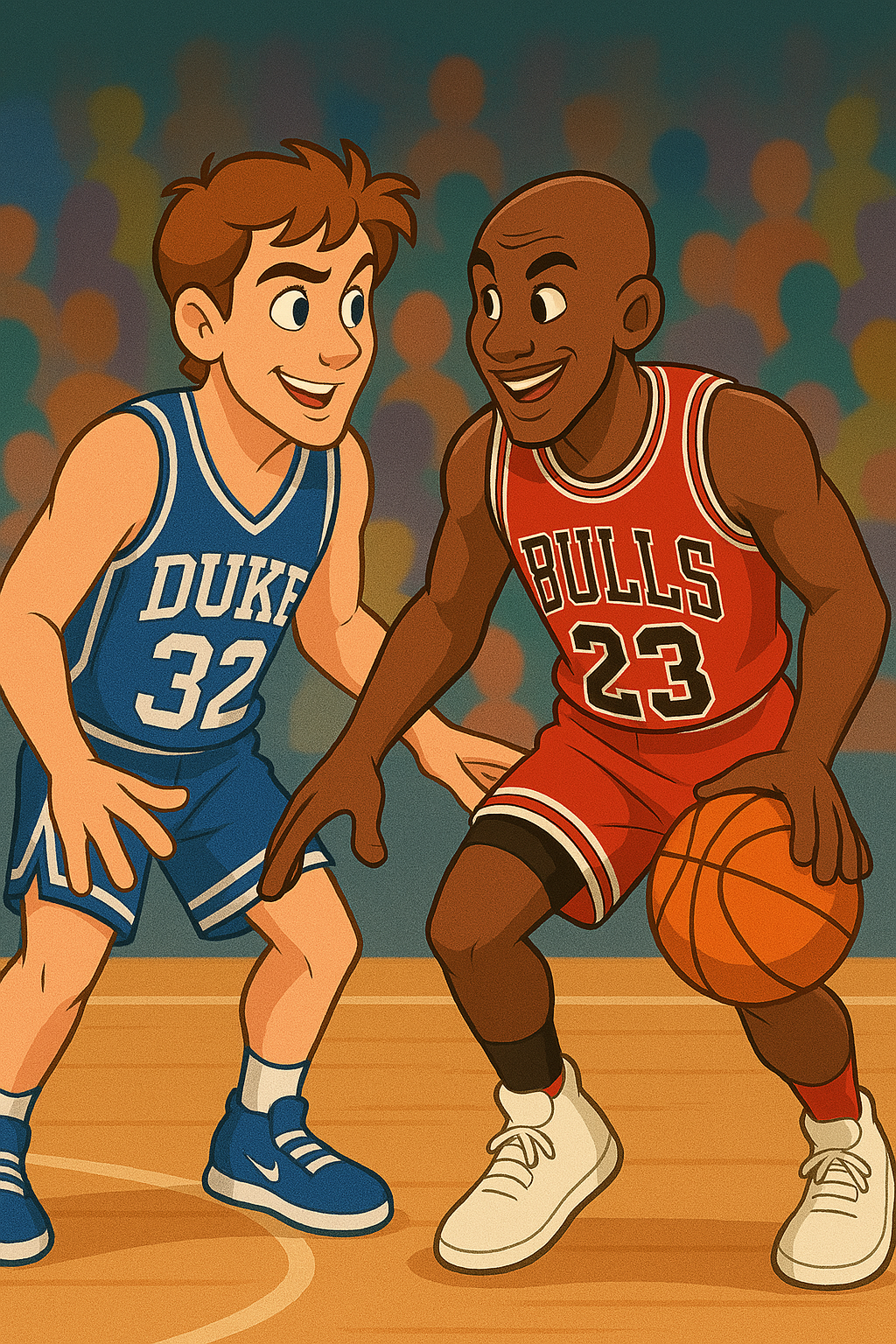
Branding, Culture / Apr 1, 2025
25 Years of Brands: Identity, Authenticity, and the Power of Time
This year The Brand Leader® turns 25. That’s a quarter…
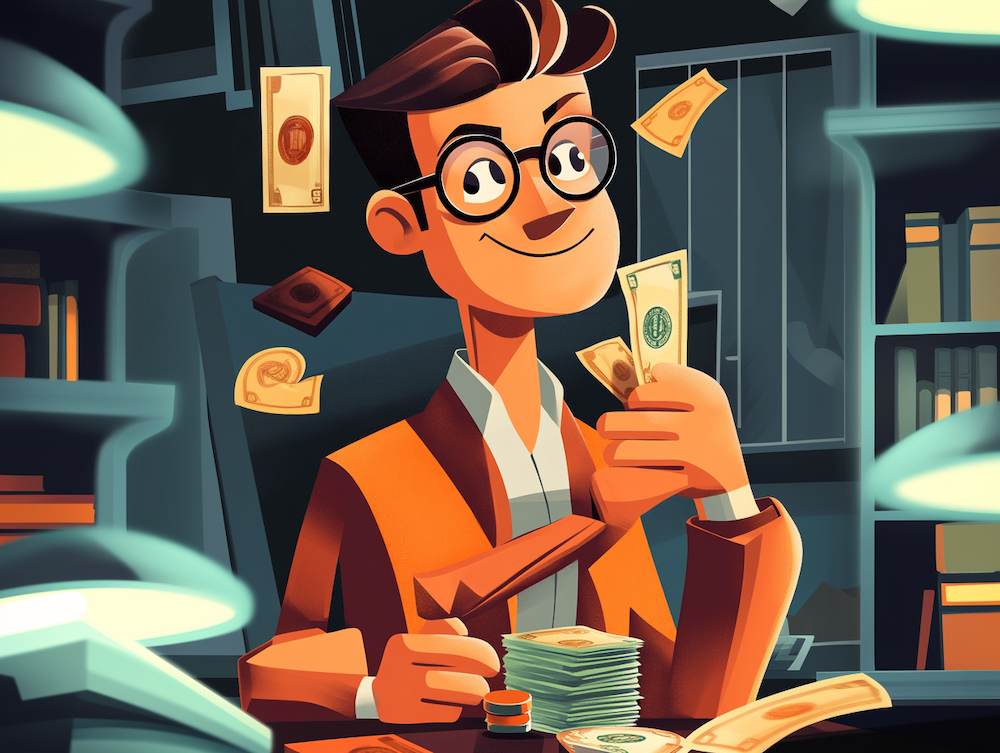
Branding, Digital/Social / Mar 30, 2025
How much and where to allocate your marketing dollars
How much should allocate to marketing? Well, each year, businesses…

Branding, Medical & MedTech / Mar 24, 2025
Why Medtech Needs to Care About Branding, Now More Than Ever
In a world dominated by clinical data, safety metrics, and…
News / Mar 20, 2025
Yellow Tail’s Glow-Up: Staying Power and Reinvention
Let’s be real: in the crowded, often pretentious world of…
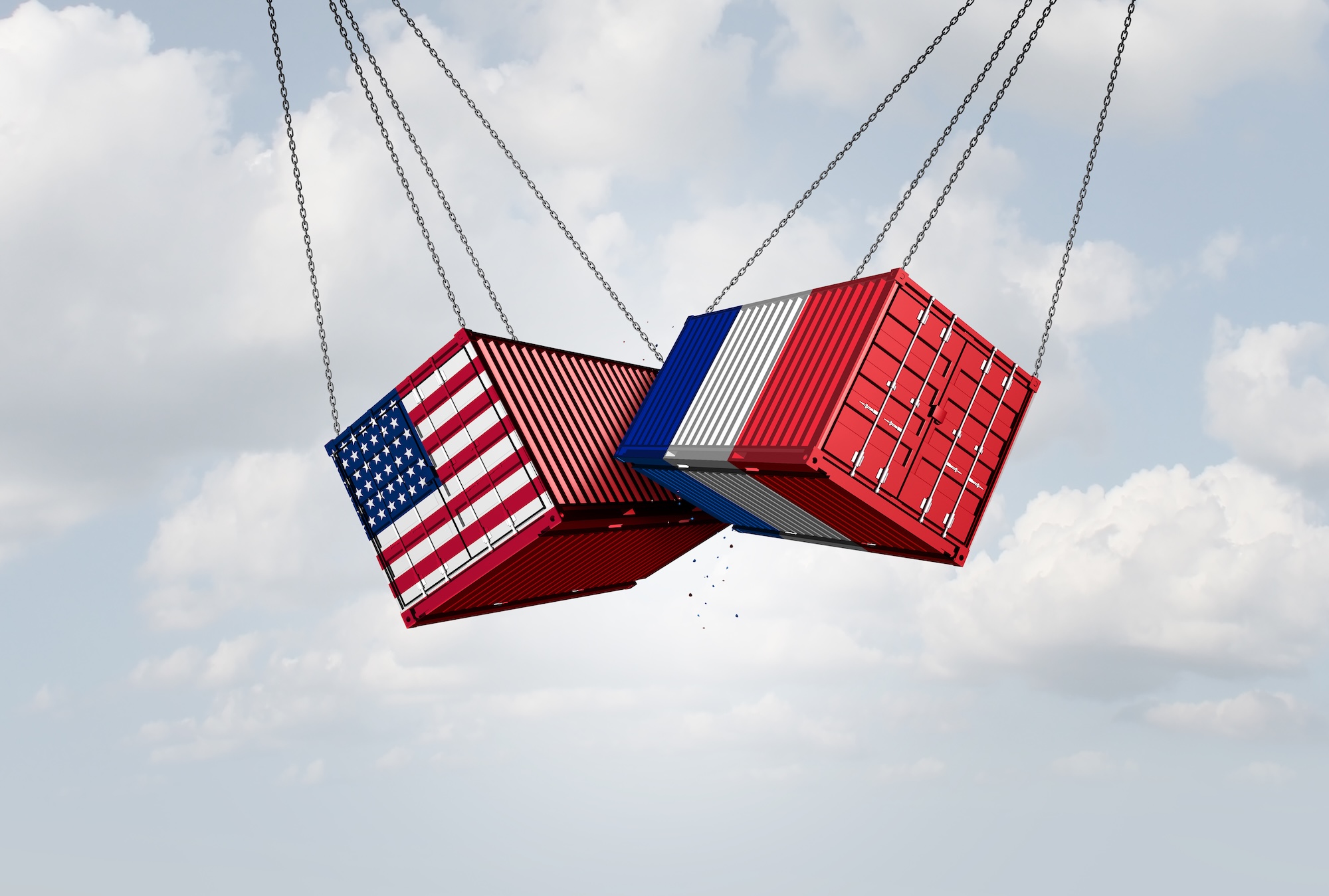
News, Wine & Spirits / Mar 14, 2025
How are the Trade War and Tariffs Affecting the Wine & Spirits Industry?
The U.S. wine and spirits industry is facing one of…

